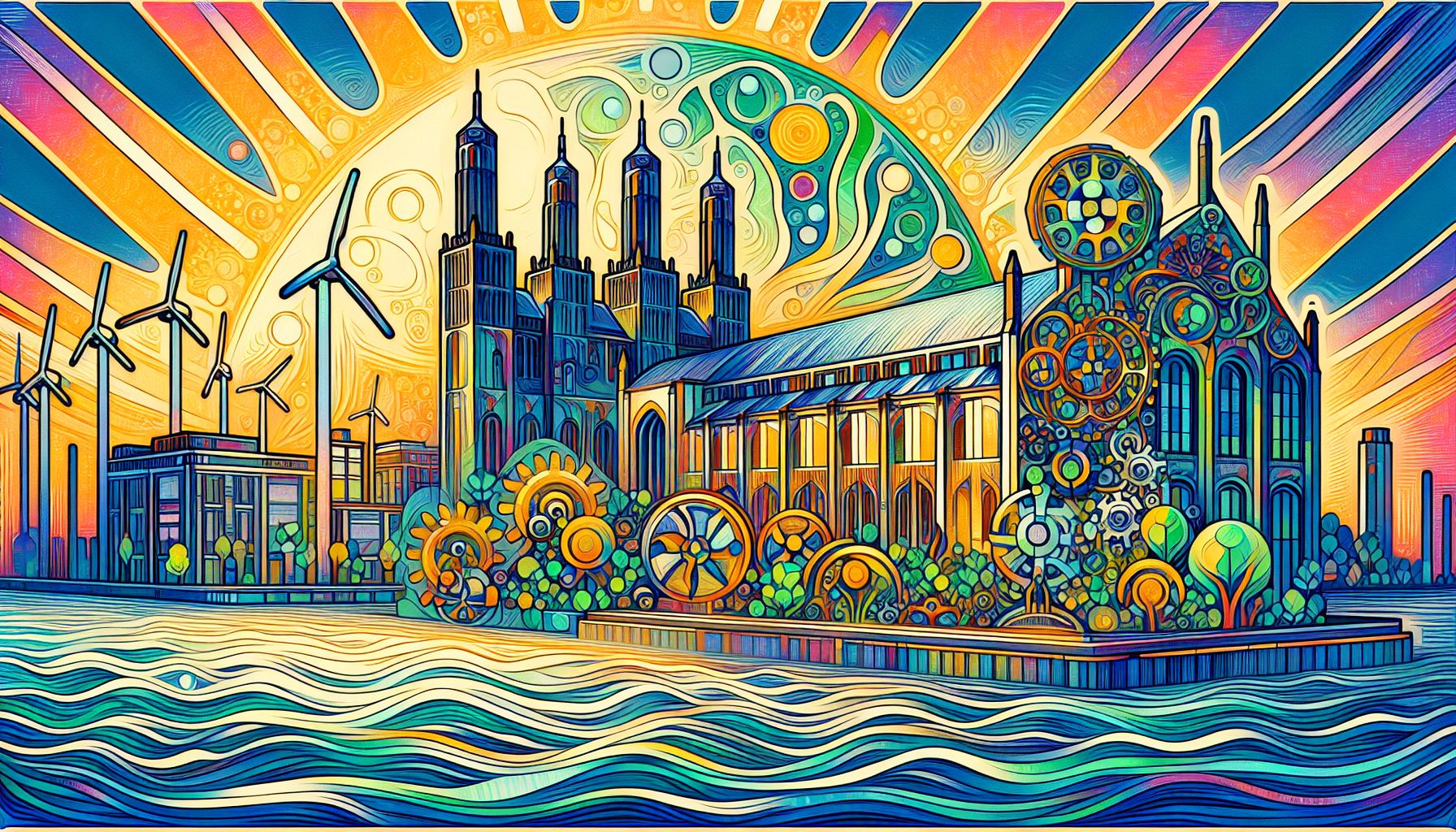Netherlands Accelerates Green Hydrogen Push with New Mobility Subsidies

Netherlands, Wednesday, 24 July 2024.
The Dutch government is ramping up its hydrogen strategy, offering new grants through initiatives like the OWE-regeling. These efforts aim to boost renewable hydrogen production and its application in various mobility projects, supporting the nation’s commitment to reducing carbon emissions in the transport sector.
Introduction to the OWE-regeling
The OWE-regeling, a subsidy scheme introduced by the Dutch government, is one of the key initiatives aimed at promoting the production of renewable hydrogen through electrolysis. The scheme is designed to support large-scale hydrogen production projects, with a specific focus on those utilizing electrolysers with a capacity of at least 0.5 megawatts (MW). The upcoming webinars hosted by RVO, scheduled for September 5 and 6, 2024, will provide detailed guidance on how companies can apply for these grants.
Expanding Hydrogen in Mobility
Another critical component of the Dutch hydrogen strategy is the Subsidieregeling Waterstof in Mobiliteit (SWiM). This subsidy, open from July 15 to September 6, 2024, aims to facilitate the adoption of hydrogen in the transportation sector. This includes funding for hydrogen refueling stations and hydrogen-powered vehicles, positioning the Netherlands as a leader in sustainable mobility solutions.
Company Involvement and Location
Several companies are actively participating in these initiatives. Subvention, an independent subsidy advisory agency based in the Netherlands, is playing a pivotal role in helping businesses navigate the complex landscape of subsidy applications. They are particularly focused on supporting projects in sectors such as real estate, industry, and agriculture, ensuring that innovative hydrogen solutions receive the necessary financial backing.
Technological Advancements and Future Projections
Technological advancements are vital for the success of these hydrogen initiatives. For instance, Plug Power is at the forefront of developing scalable hydrogen infrastructure, including hydrogen storage tanks and mobile liquid hydrogen refuelers. Such innovations are essential for meeting the projected global demand for green hydrogen, which is expected to grow significantly over the next decade.
Impact on Carbon Emissions
The Dutch government’s focus on hydrogen not only aims to advance technological innovation but also to significantly reduce carbon emissions. Green hydrogen, produced through electrolysis using renewable energy sources, emits zero carbon dioxide (CO2) and reduces nitrogen oxide (NOx) emissions by over 90% compared to fossil fuels. This clean energy alternative is crucial for decarbonizing sectors like transportation and heavy industry.
Conclusion and Future Outlook
As the Netherlands continues to invest in hydrogen technology and infrastructure, the nation stands to become a global leader in sustainable energy solutions. The combination of government support, corporate innovation, and technological advancements positions the country at the forefront of the green hydrogen revolution, contributing significantly to global efforts to combat climate change.

